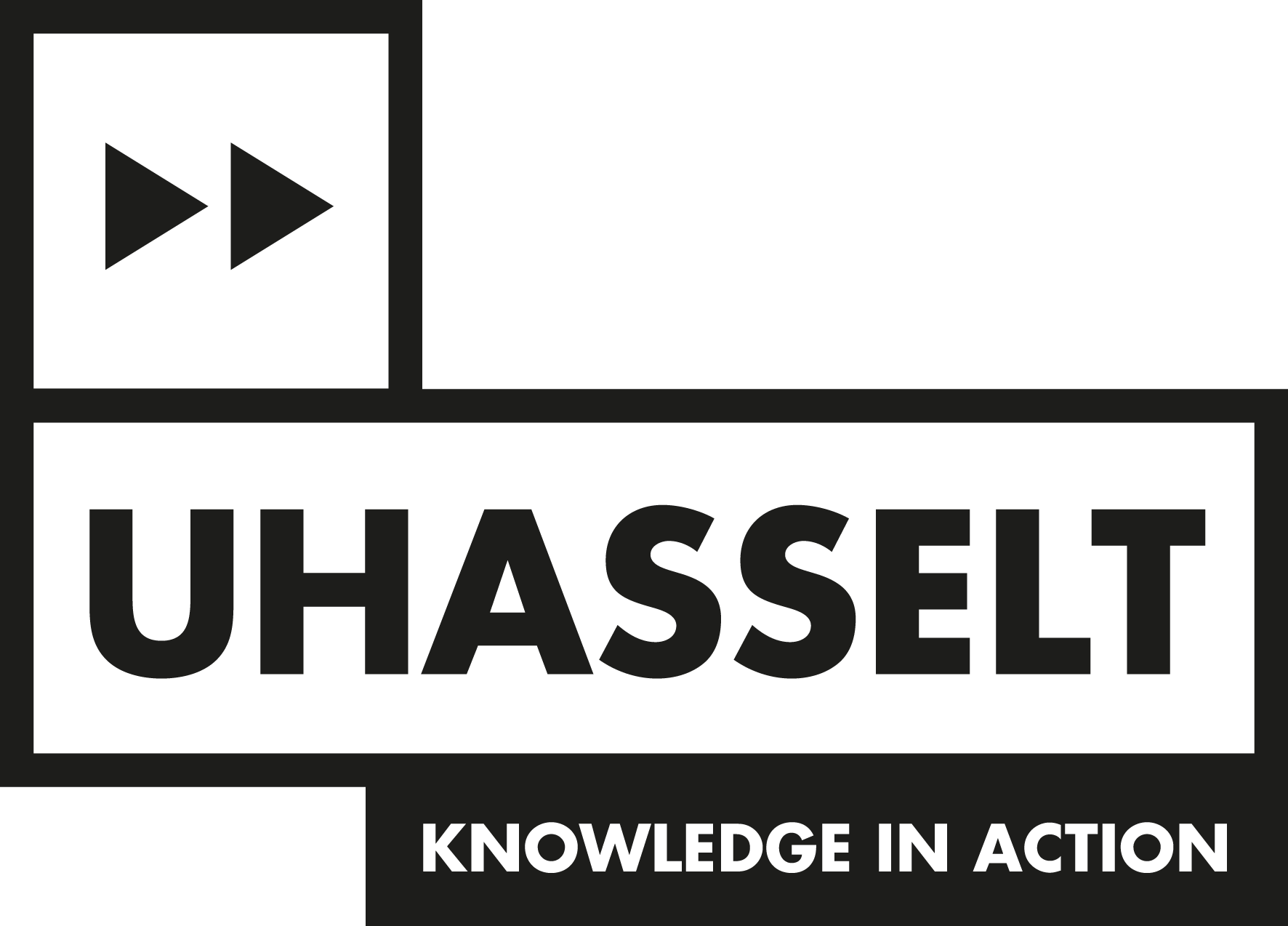What are open collaboration platforms?
Open Science advocates for "open collaboration," where academic social networks play a crucial role. These platforms allow researchers to showcase their work, engage with peers, and form new collaborations, often referred to as "Facebook for researchers."
Ortega (2016) identifies four essential features of an academic social network: profile creation, content uploading, making connections, and activity tracking through metrics (e.g., followers and downloads). The most popular platforms, ResearchGate and Academia.edu, meet these criteria and are widely used for sharing scientific work in (Green) Open Access. However, these commercial platforms lack quality control or copyright checks and often host non-peer-reviewed or illegally shared publications. They also miss essential features for Open Access repositories, such as version control, licenses, persistent identifiers, and high-quality metadata.
To align more closely with the Open Science ethos, alternative platforms have emerged that prioritize quality and legal compliance. For instance, Humanities Commons is a non-profit network designed for scholars in the humanities and social sciences. This platform, managed by Michigan State University (MSU), provides members with the ability to create profiles, deposit materials in the CORE repository, connect with peers, and engage in discussions. It emphasizes transparent policies, proper metadata usage, persistent identifiers, Creative Commons licenses, and sustainable preservation, ensuring the legal deposition of full-text documents.
In addition to the traditional scientific social networks, we also recognize the importance of interactive project pages, such as those offered by Open Science Framework (OSF) and PubPub, which support collaborative research initiatives. Another noteworthy platform is Crowdhelix, recommended by our grant office, which facilitates connections among researchers and organizations, promoting innovative partnerships.
Furthermore, while not strictly classified as scientific social networks, initiatives like FWO-WOG or COST networks play a crucial role in fostering research collaboration and align with the Open Science philosophy. These networks are often specific to disciplines or faculties, enhancing interdisciplinary collaboration and stakeholder involvement.
In conclusion, while platforms like ResearchGate and Academia.edu provide options for research sharing, exploring alternative networks that prioritize open collaboration and high Open Access standards is crucial. Utilizing these diverse platforms enables researchers to build meaningful connections and further the principles of Open Science, engaging both academics and various stakeholders.
Need support? Contact rdm@uhasselt.be

